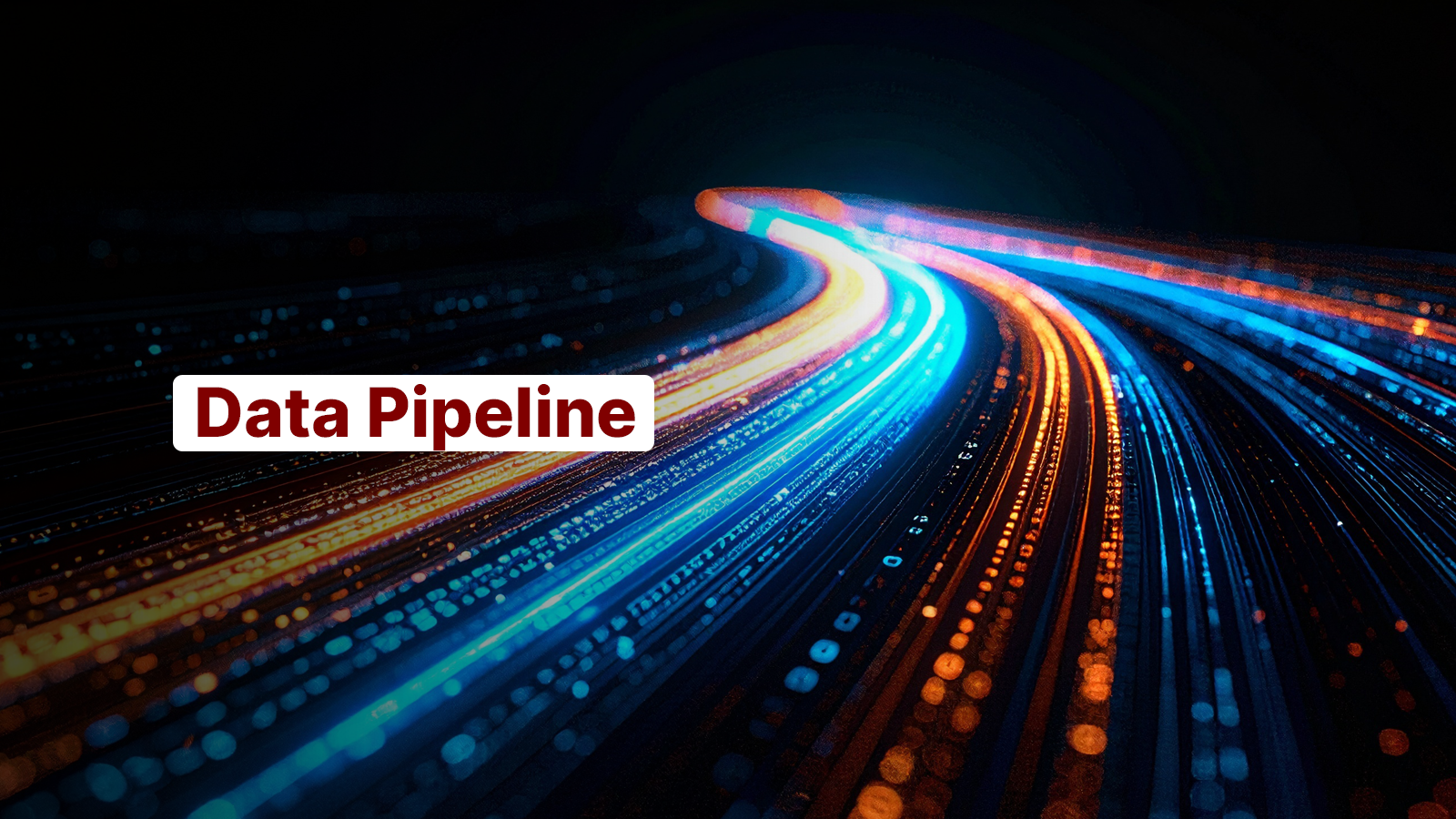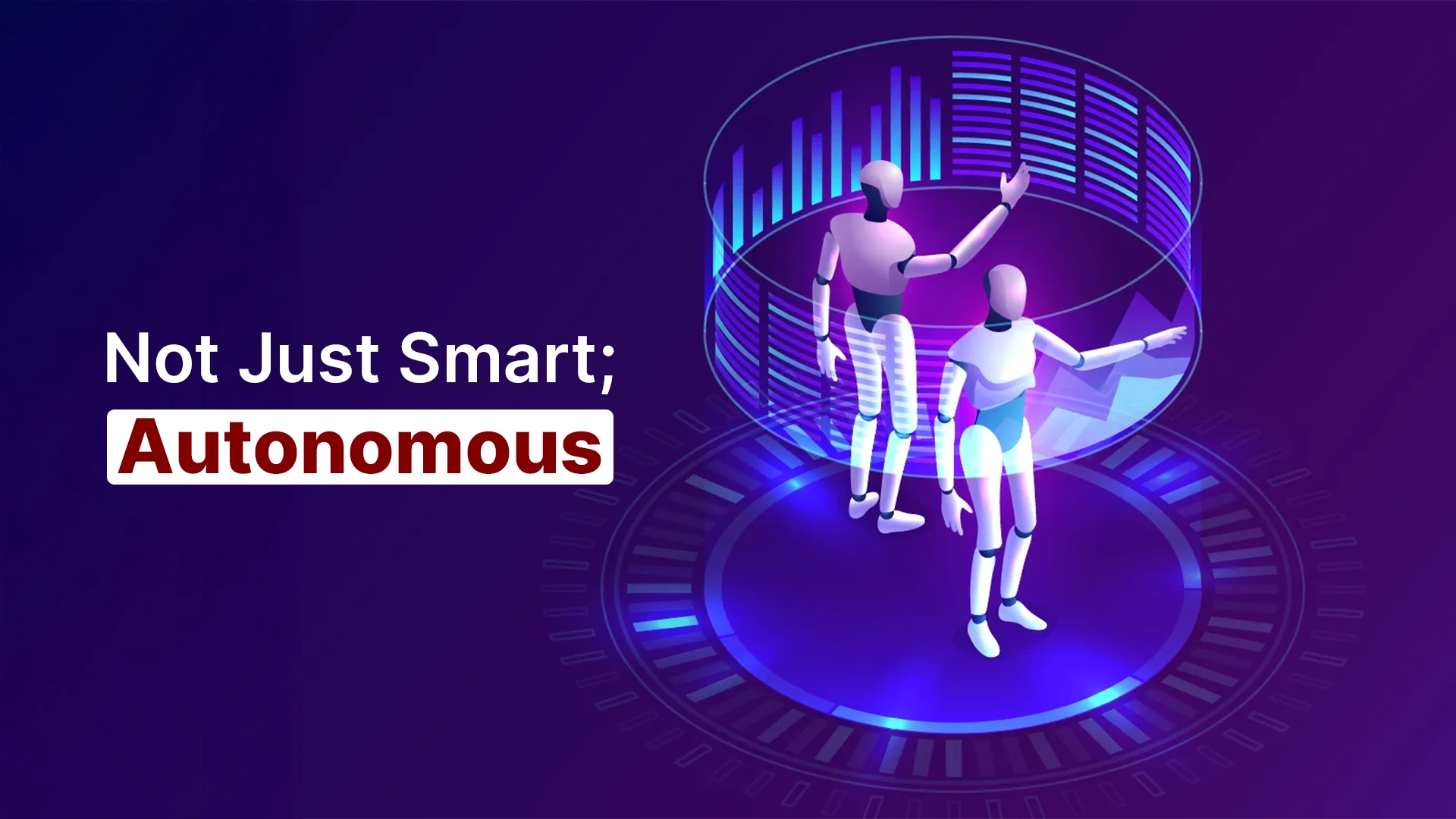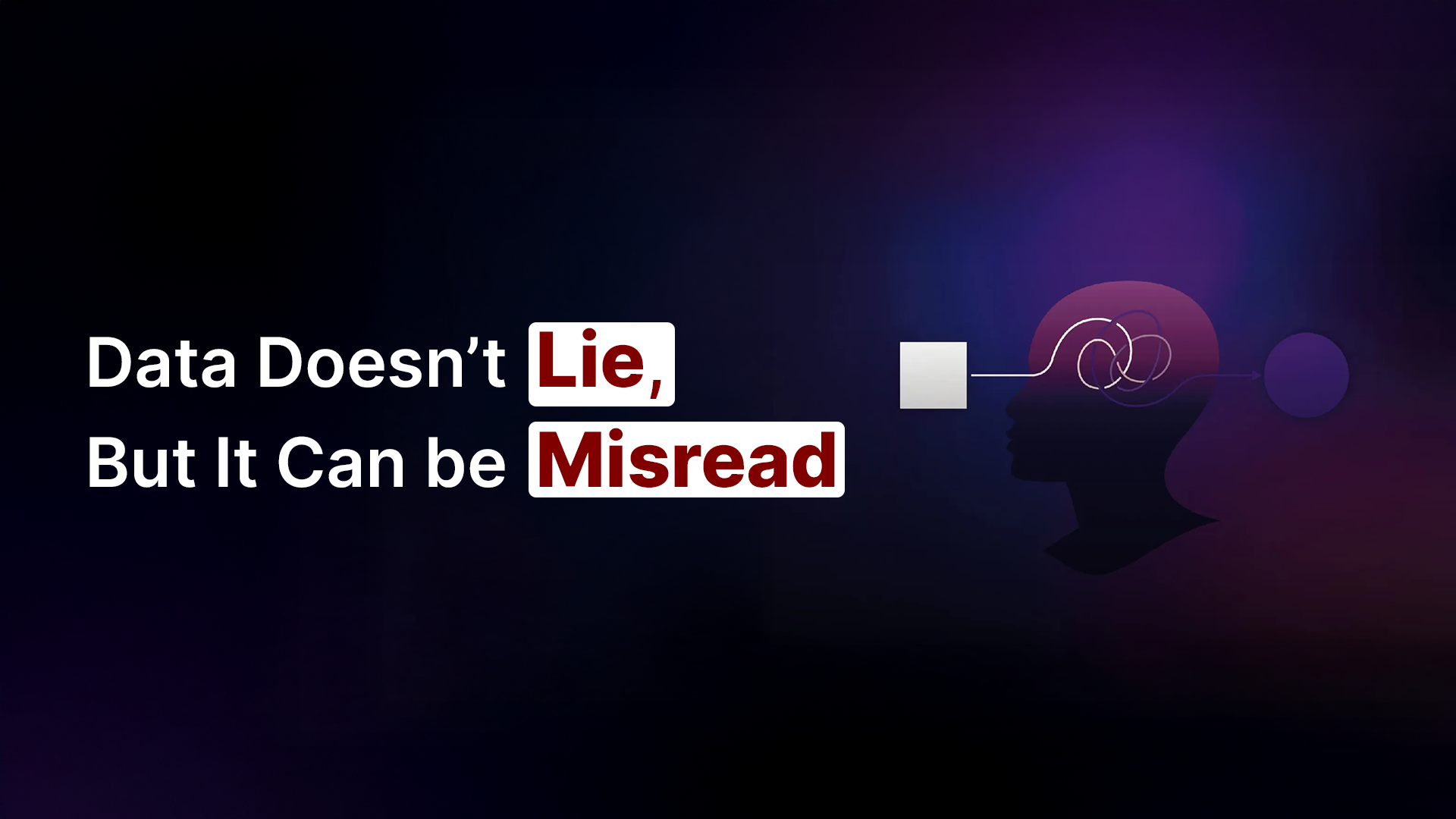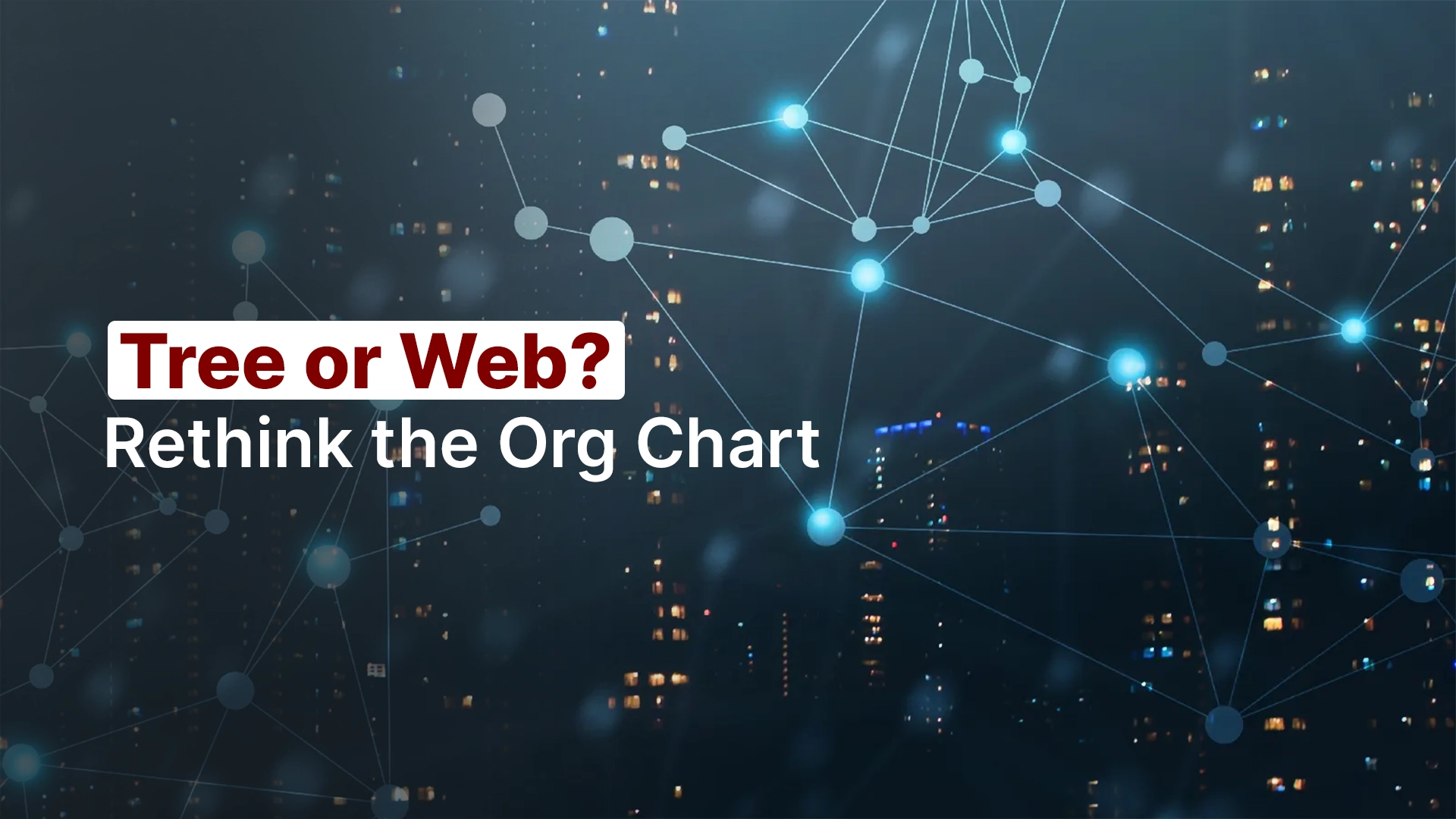Another day, another tidal wave of data. Businesses generate and collect a large chunk of the over 400 million terabytes of data and information from customers, transactions, sensors, and digital interactions daily. But raw data is useless until it is processed, structured, and made accessible for analysis. Data pipelines are the invisible engines that move, clean, and transform data to power decision-making.
A well-designed data pipeline ensures that information – whether that’s financial reports, real-time customer behavior, or data to train machine learning models — flows efficiently and reliably. Without one, businesses face bottlenecks, inconsistent data, and costly inefficiencies. Bad data pipelines become risky for businesses since even an error of 0.25% can lead to ineffective outputs when training AI or ML models.
Here are the fundamentals of data pipelines, their types, best practices for building scalable architectures, key differences from traditional Extract, Transform, Load (ETL) workflows, and emerging trends shaping the future of data movement.
Find out how Mu Sigma can help you build robust data pipelines with our Data Engineering solutions.
What is a Data Pipeline?
A data pipeline is a system designed to automate the flow of data from one location to another, applying transformations and validations along the way. It functions like an assembly line, where raw data enters at one end, undergoes various processing steps, and emerges at the other end as structured, actionable information.
Without a data pipeline, organizations struggle with manual data extraction, inconsistent reporting, and delays in analysis. Pipelines streamline this process by automating data ingestion, cleaning, transformation, and storage, ensuring that decision-makers always have access to reliable information.
A robust data pipeline includes:
- Data ingestion – Collecting data from multiple sources such as databases, application logs, cloud storage, or real-time event streams.
- Processing and transformation – Cleaning, normalizing, and converting raw data into a usable format.
- Storage and accessibility – Moving processed data to a storage system such as a relational database, data warehouse, or a cloud-based analytics platform.
- Monitoring and maintenance – Ensuring the pipeline runs efficiently, detects failures, and triggers alerts when necessary.
Types of Data Pipelines
Businesses deploy different types based on their requirements, with the two most common being batch and streaming pipelines.
Batch Processing Pipelines
Batch processing pipelines collect and process data in scheduled intervals. These pipelines are ideal for scenarios where real-time updates are unnecessary, such as generating monthly sales reports, analyzing historical data, or performing large-scale data migrations.
Batch processing follows the traditional ETL approach, where data is:
- Extracted from various sources (databases, files, APIs).
- Transformed to fit a specific format, applying cleaning rules and aggregations.
- Loaded into a destination system, such as a data warehouse.
Streaming Data Pipelines
Streaming data pipelines handle continuous data flow, processing information in real-time or near-real-time. Streamlining is essential for applications that require instant insights, such as fraud detection, personalized recommendations, and Internet of Things (IoT) monitoring.
Streaming pipelines use an Extract, Load, Transform (ELT) approach, where raw data is first loaded into a storage system and then transformed incrementally. It enables faster processing and scalability.
Hybrid Pipelines
Most businesses require both batch and streaming pipelines. For instance, a retail company may use batch processing to generate end-of-day sales reports while simultaneously using streaming pipelines to monitor real-time inventory levels. A hybrid architecture allows organizations to balance efficiency and speed.
Building a Scalable Data Pipeline
A well-designed data pipeline must be scalable, reliable, and maintainable . Scalability ensures the pipeline can handle growing data volumes, reliability guarantees data integrity, and maintainability allows engineers to manage and troubleshoot the system efficiently.
Key Considerations for a Scalable Pipeline
Architecture Selection: ETL vs. ELT
- Extract, Transform, Load (ETL): Best for structured data environments where transformation happens before loading into the destination.
- Extract, Load, Transform (ELT): More suited for cloud-based data lakes, where raw data is stored first and processed later.
- Hybrid ETL/ELT: A mix of both approaches to optimize performance and flexibility.
Choosing the Right Tools
- Batch processing : Apache Airflow, AWS Glue, Google Cloud Dataflow.
- Streaming data processing : Apache Kafka, Apache Flink, Amazon Kinesis.
- Storage solutions : Snowflake, Google BigQuery, Amazon Redshift.isn
Ensuring Data Reliability
In this step, we implement data validation checks to catch inconsistencies early. Then, we use distributed processing frameworks (e.g., Apache Spark) to handle large datasets efficiently. Finally, we automate monitoring with tools like Datadog and Prometheus to detect failures.
Automating Workflow Management
It involves scheduling tools like Apache Airflow allow for defining dependencies between tasks. Event-driven automation helps trigger updates only when data changes.
Handling Failures and Downtime
- Implement retry mechanisms for transient failures.
- Store checkpoints to resume processing from the last successful step.
- Use redundancy and backups to prevent data loss.
Data Pipelines vs. ETL: What’s the Difference?
Many assume that data pipelines and Extract, Transform, Load (ETL) processes are the same, but they serve different purposes.
- ETL is a subset of data pipelines – It focuses on moving structured data into a data warehouse, applying predefined transformations.
- Data pipelines encompass broader use cases – They handle real-time data streams, integrations, AI model deployments, and more.
- Modern data pipelines use ELT – Instead of transforming data before loading, raw data is stored first and processed as needed, leveraging cloud storage capabilities.
Where Data Pipelines Deliver Business Value
Data pipelines are at the heart of data-driven decision-making. They power a wide range of applications:
- Business Intelligence (BI) and Reporting – Enabling real-time dashboards and historical trend analysis.
- Machine Learning and Artificial Intelligence – Feeding clean, structured data to AI models for predictive insights.
- Customer Experience Optimization – Personalizing recommendations based on real-time behavior.
- Operational Efficiency – Automating workflows, optimizing supply chains, and detecting fraud in financial transactions.
In today’s data-driven world, organizations can no longer afford inefficient or outdated data workflows. The key to success is choosing the right architecture, tools, and automation strategies. Businesses that master data pipelines will transform raw information into insights, efficiency, and innovation—while those that don’t will drown in data chaos.





